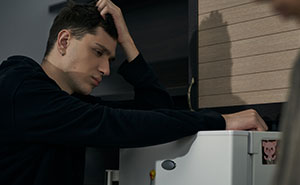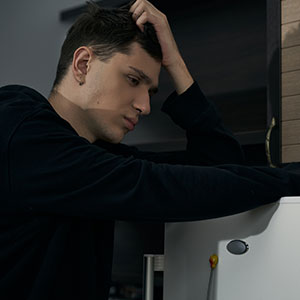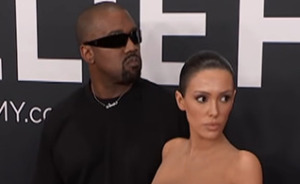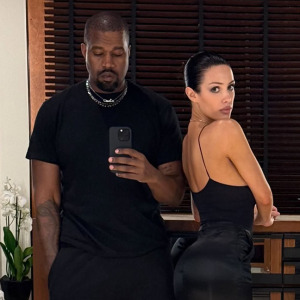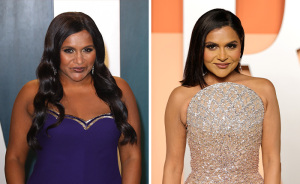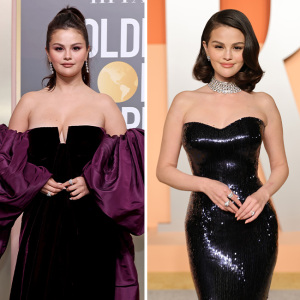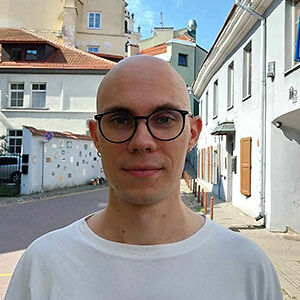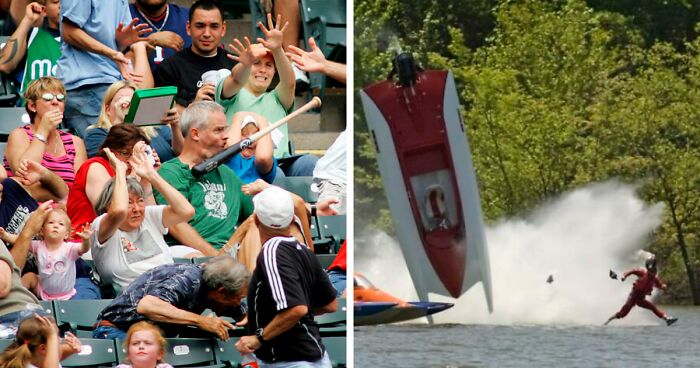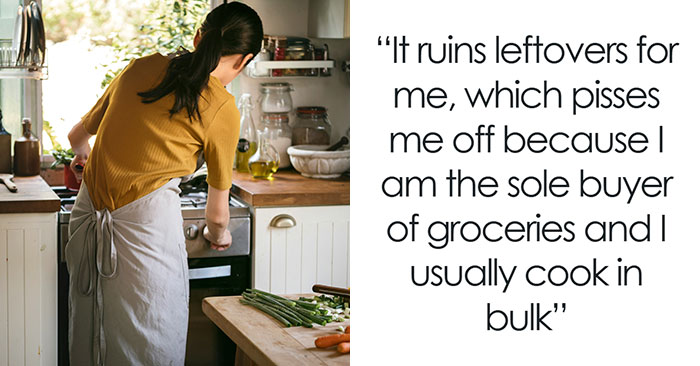
People Use New AI Artist That Turns Them Into A Renaissance Portrait And It’s Either A Hit Or A Miss (30 Pics)
We all have a lot of time on our hands right now and it’s making us bored, idle, and ready to try out virtually anything. A lot of us have turned to creative work such as painting. Unleashing your inner artist is always thrilling but for those without brushes or canvases, why not try an AI art generator? The latest machine learning algorithms make it easy to create artworks or turn yourself into the Mona Lisa. We’ll explain how.
A Japanese full-stack developer named Sato, aka AI Gahuku, has come up with the AI app that can turn photos into paintings. More specifically, it recreates you in the style of Renaissance portraits. The app has started a full-on craze on social media with everyone excited to see their own AI portraits. And this is where it gets really fun.
Some of the painting recreations look kinda off due to the facial recognition technology of AI Gahuku — many feel like the app “did them dirty”. Let’s see what they mean in the hilarious examples of fine AI-generated art below.
More info: Twitter | Patreon | Ai-art.tokyo
This post may include affiliate links.
AI Gahuku's AI art generator app proved to be an instant hit on social media. But someone pointed out that it’s more flawed than one would expect. In some cases, the tool showed a racial bias by lightening the skin tone from an original selfie. It’s been speculated that it has to do with the way AI functions.
It’s known that for an AI to work, it has to be trained. This is done through human programming and machine learning algorithms crunching raw data. So, the more data that an AI gathers from its users, the more it can teach itself. And sometimes that’s where it goes wrong.
Some time ago, Microsoft developed an AI chatbot, Tay, that was programmed to talk just like a teen. But soon after Tay was launched, people started tweeting misogynistic and racist remarks and the parrot-like robot was repeating everything in no time. After the chatbot made 96K nasty utterances, Microsoft canceled the experiment.
There are dozens of apps that turn photos into paintings but this one is unique. Bored Panda contacted Sato, the Japanese man behind the project, to find out how he came up with the idea of making an AI to create Renaissance portraits.
It turns out, Sato is no rookie when it comes to programming. He mainly develops web apps from scratch in his spare time. The AI art generator was born out of Sato’s desire to entertain people. “So, I decided to utilize my programming skills to create the app.”
But Sato never expected the app and the beautiful paintings it creates to go viral like this. “I’m honestly very surprised that so many people are using it to turn themselves into these oil paintings,” said the app developer. When it comes to the inner workings of the app, Sato remains mysterious. “It’s my little secret regarding the database!”
Which one is done with the app? Left or right picture? (or Both) ;-)
It’s interesting that Sato’s app takes its inspiration from the Renaissance period. Literally meaning “rebirth”, it was a time of rediscovering classical art, philosophy, and literature from the earlier eras. Many other AI art generators aim to do the same by taking influence from past artists and styles. Could this be the start of an AI Renaissance? Perhaps.
2018 marked the first time that an AI artwork was auctioned at Christie’s. Titled Portrait of Edmond Belamy, the piece sold for $432,500 — almost 45 times its original estimate — and it feels like one of the Dutch Masters could have painted it. The only giveaways are the patches of digital artifacts and the strange signature in the bottom, which is part of the algorithm that made the artwork.
The AI itself was made by Obvious, an art collective based in Paris, France. Hugo Caselles-Dupré told Christie’s about what went into creating it. He said, “The algorithm is composed of two parts. On one side is the Generator, on the other the Discriminator.”
“We fed the system with a data set of 15,000 portraits painted between the 14th century to the 20th,” Hugo explained. “The Generator makes a new image based on the set, then the Discriminator tries to spot the difference between a human-made image and one created by the Generator.”
He said that the aim was to “fool the Discriminator into thinking that the new images are real-life portraits”. And this is how the Portrait of Edmond Belamy was created. You might have guessed already but there is no real Edmond Belamy — he’s simply a product of machine learning. Poor guy. At least he looks real, unlike some of the atrocities you can see here.
Signatures are used on artworks to identify the creator of the piece and confirm its validity. Regarding the algorithm that is printed in place of the signature, Hugo shared his views on who should be considered the creator of the artwork.
“If the artist is the one that creates the image, then that would be the machine,” he said. “If the artist is the one that holds the vision and wants to share the message, then that would be us.”
For now, AIs still have to rely on human input. Maybe in the future, they won’t, and we’ll see a new wave of independent artwork created by the machines. When that happens, we’ll always remember AI Gahuku as one of the original pioneers.
Can I just say that I hate the fact that it is not keeping all skin tones? I wish it would, Because she is beautiful with her skin.
Froze for a second and then looked at the profile picture. It's pretty accurate, and looks great!
Well he took the picture using a mirror with his eyes closed plus the light from the camera.....so the AI probably had a hard time, just saying :p
Face position seems to play a big role on these paintings, probably because most paintings don't have extreme angles the way pictures have nowadays.
The AI actually is ""racist"' because 99% of paintings of the renaissance are of white people so it probably will allways make people white. Renaissance was an european movement so it makes a lot of sense that everyone were white not trying to be woke about it, just trying to figure out the facts.
What do ya expect? The Renaissance was long ago. No one ages that well.
Renaissance? I never knew the Renaissance was in the 19th century? :-) The Renaissance ended the middle ages, culturally speaking. depending on where you were roughly from 1300 till 1600. these are styles that were cutting edge in the second half of the 19th century. I guess the word Renaissance sells more apps.
Right? I came here to say that these look maybe like French Impressionism or something.
Load More Replies...How it is Renaissance? Not even close to painting style. It is more late 19 - early 20 century. It is way more Modigliani than Rafael
Renaissance? I never knew the Renaissance was in the 19th century? :-) The Renaissance ended the middle ages, culturally speaking. depending on where you were roughly from 1300 till 1600. these are styles that were cutting edge in the second half of the 19th century. I guess the word Renaissance sells more apps.
Right? I came here to say that these look maybe like French Impressionism or something.
Load More Replies...How it is Renaissance? Not even close to painting style. It is more late 19 - early 20 century. It is way more Modigliani than Rafael

 Dark Mode
Dark Mode 

 No fees, cancel anytime
No fees, cancel anytime 


























































